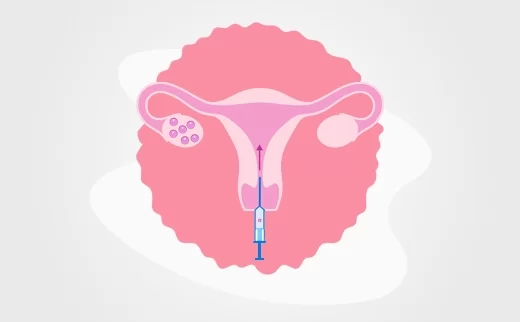FET – Fresh Embryo Transfer
Fresh Embryo Transfer (FET) is a procedure commonly used in assisted reproductive technology (ART) where embryos are transferred into the uterus shortly after they are created, typically within a few days of fertilization. The process begins with ovarian stimulation, where the woman undergoes hormonal treatment to stimulate the ovaries to produce multiple eggs. These eggs are then retrieved and fertilized with sperm in a laboratory, resulting in the formation of embryos.
During a fresh embryo transfer cycle, the healthiest embryos are selected for transfer into the woman's uterus. The selection is based on various factors, including embryo quality, developmental stage, and the woman's age and medical history. The chosen embryos are carefully transferred into the uterus using a thin catheter, guided by ultrasound imaging to ensure precise placement.
Following embryo transfer, the woman may undergo hormonal supplementation to support the early stages of pregnancy. A pregnancy test is typically performed approximately two weeks after embryo transfer to determine if implantation has occurred. If successful, the woman may continue with prenatal care to monitor the progress of the pregnancy.
Fresh embryo transfer offers several advantages, including the potential for a more natural timing of embryo transfer and the avoidance of the freezing and thawing process associated with frozen embryo transfer (FET). However, it also carries the risk of ovarian hyperstimulation syndrome (OHSS) due to the use of ovarian stimulation medications. Overall, FET is a widely used and effective option in ART, providing hope to individuals and couples seeking to conceive.



.png)
